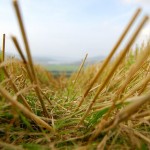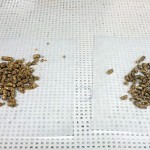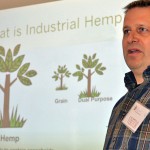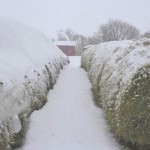Manitoba’s first-cut hay crop, while late, is yielding average to above average in areas not hit by excessive moisture or flooding, says John McGregor of the Manitoba Forage and Grassland Association. “There’s a lot there, but they (beef farmers) don’t just rely on one cut,” McGregor said in an interview July 30. “They need to








